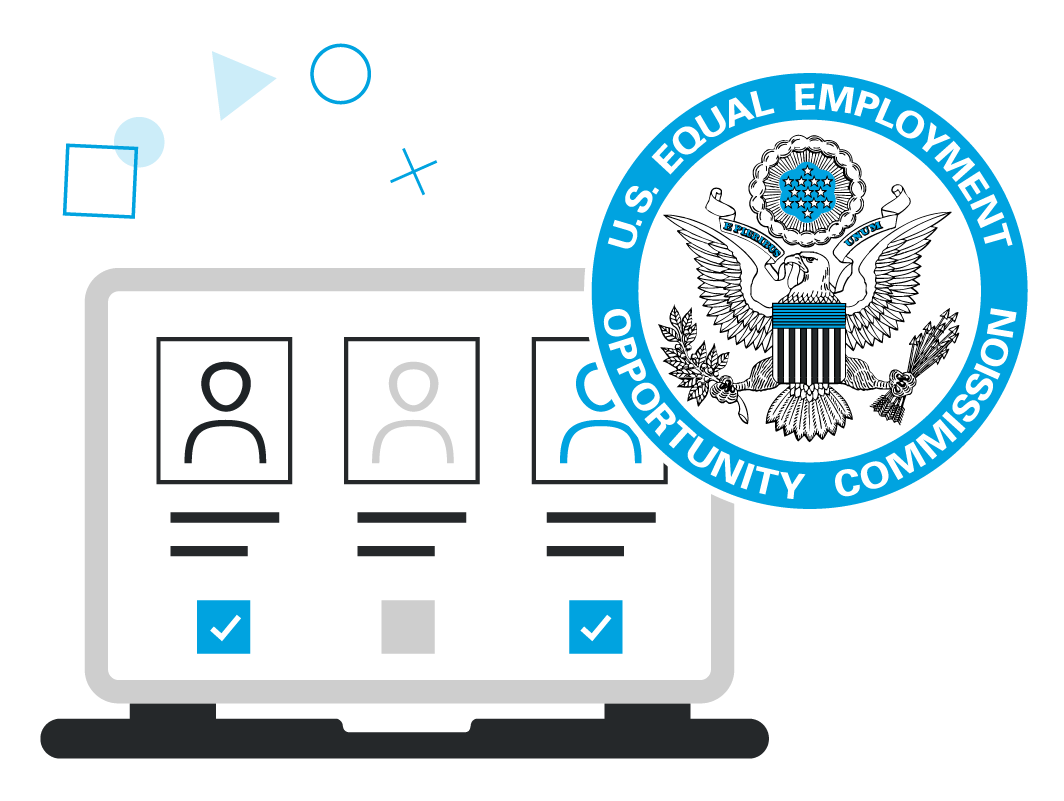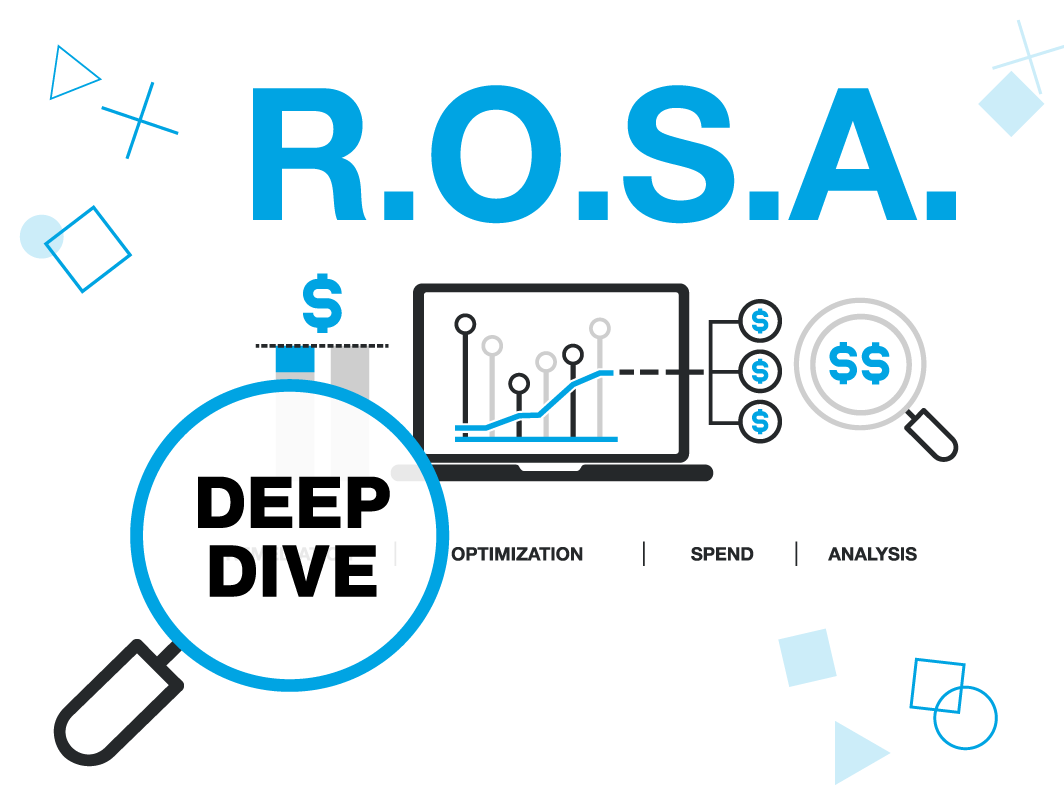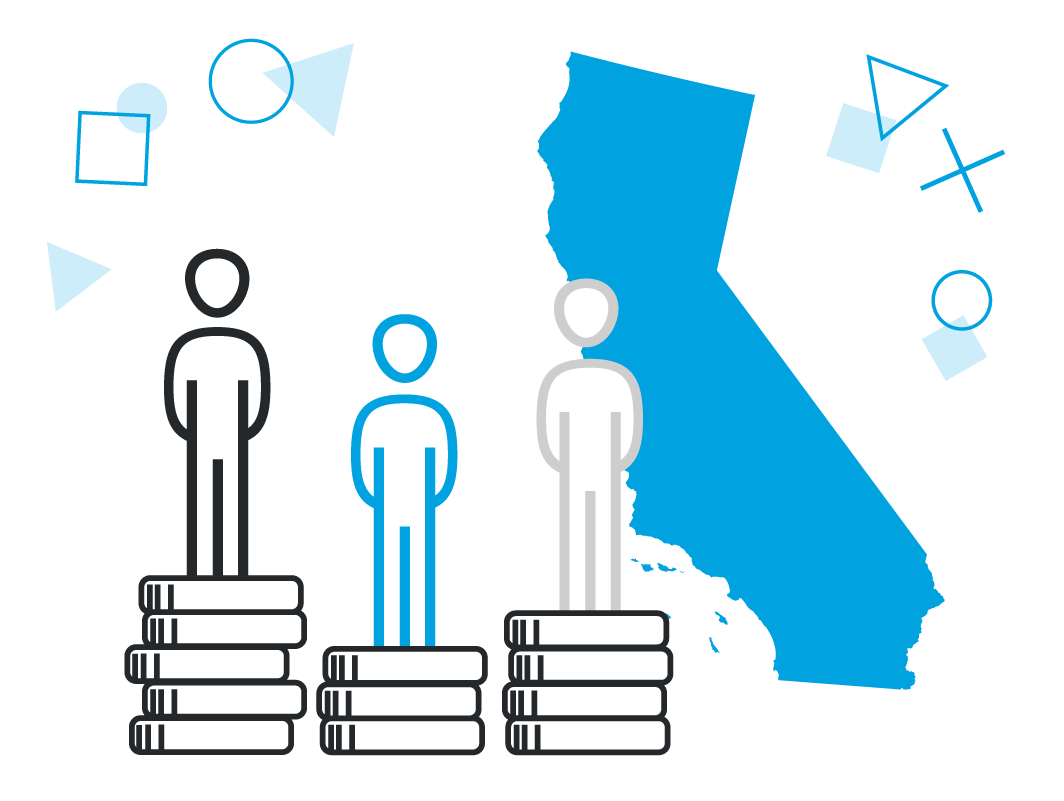
![]()
In a landmark effort to ensure that pay equity is both achieved and maintained, the Canadian parliament passed the Pay Equity Act in December of 2018. The Pay Equity Act will create new proactive pay obligations on employers in the public and private sectors. Since 2018, covered organizations have waited for the Act to take effect. According to the Canadian government, the new law “will come into force on a day or days that the Governor in Council will set.” However, the wait may soon be over. The well-known law firm Fasken reports that the “Act and its Regulations will come into later in 2021…”
Below, Trusaic addresses what you need to know about the latest international effort to close the gender wage gap.
Which organizations does the Act apply to?
The first step in understanding the Pay Equity Act is determining its scope. The Act applies to federally regulated public and private workplaces with 10 or more employees. These organizations must develop a pay equity plan and ensure that it is kept up to date. Employers with 100 or more employees have the additional obligation of forming a pay equity committee. Employers with 10-99 employees, at least some of which are unionized, must abide by the same requirement. Employers with 10-99 employees, none of which are unionized, must still produce a pay equity plan that identifies and remediates gender-based pay gaps, but do not need to form a pay equity committee but may do so voluntarily.
What is the pay equity plan?
“Pay equity” as defined by Canada’s Department of Employment and Social Development, is “the concept of equal pay for work of equal value.” A pay equity plan is geared toward 1) making determinations about “work of equal value,” and 2) rectifying gender-based wage disparities. A pay equity plan, as required by the Act, must, at minimum, do the following:
- Identify the different job classes made up of positions in their workplace
- Determine whether each job class is predominantly male, predominantly female, or gender-neutral
- Determine the value of work of each predominantly female or male job class
- Calculate the compensation of each predominantly female or male job class
- Compare the compensation between predominantly female and male job classes doing work of equal or comparable value
A key feature of the Pay Equity Act is that merely developing a plan is not enough. Employers must increase pay for identified, underpaid female job classes within three to five years of the Act’s effective date. In addition, they have the obligation to close newly identified pay gaps disclosed during the regular updates required by the Act, which must occur at least every five years.
What is a pay equity committee?
According to a Regulatory Impact Analysis Statement by the Department of Employment and Social Development, a pay equity committee will be formed of employer and employee representatives to ensure the pay equity plan is accurately developed and maintained. Specifically, this committee “will be responsible for developing a pay equity plan for the employees employed by that employer that will identify pay equity gaps that exist between predominantly male and female job classes of equal value, and determine any increases in compensation owed to employees in those female job classes that the employer must pay to close those gaps.” Employers must form a committee every five years to update and maintain the pay equity plan.
How will the Pay Equity Act be enforced?
Since September 19, 2019, Canada has had a Pay Equity Commissioner who operates within the Canadian Human Rights Commission. Under Part 5, Section 104 of the Pay Equity Act, the Commissioner is empowered to:
- Ensure the administration and enforcement of the Act, including auditing and investigating covered employers
- Assist persons in understanding their rights and obligations under this Act
- Facilitate the resolution of disputes relating to pay equity
Under the Act, maximum statutory penalties ranging from $30,000 to $50,000 can be levied by the Commissioner.
Takeaways
As Canada’s Federal Pay Equity Commissioner Karen Jensen recently observed in her Opening Remarks to the Standing Committee on the Status of Women, “Closing the gender pay gap is essential to our country’s economic and social recovery, and it is essential for Canadian workers.” Even if your business operates elsewhere, such as the United States, recently enacted global pay equity laws like the Pay Equity Act show a trend. Employers at home and abroad should consider a pay equity audit as a critical tool for economic recovery.



